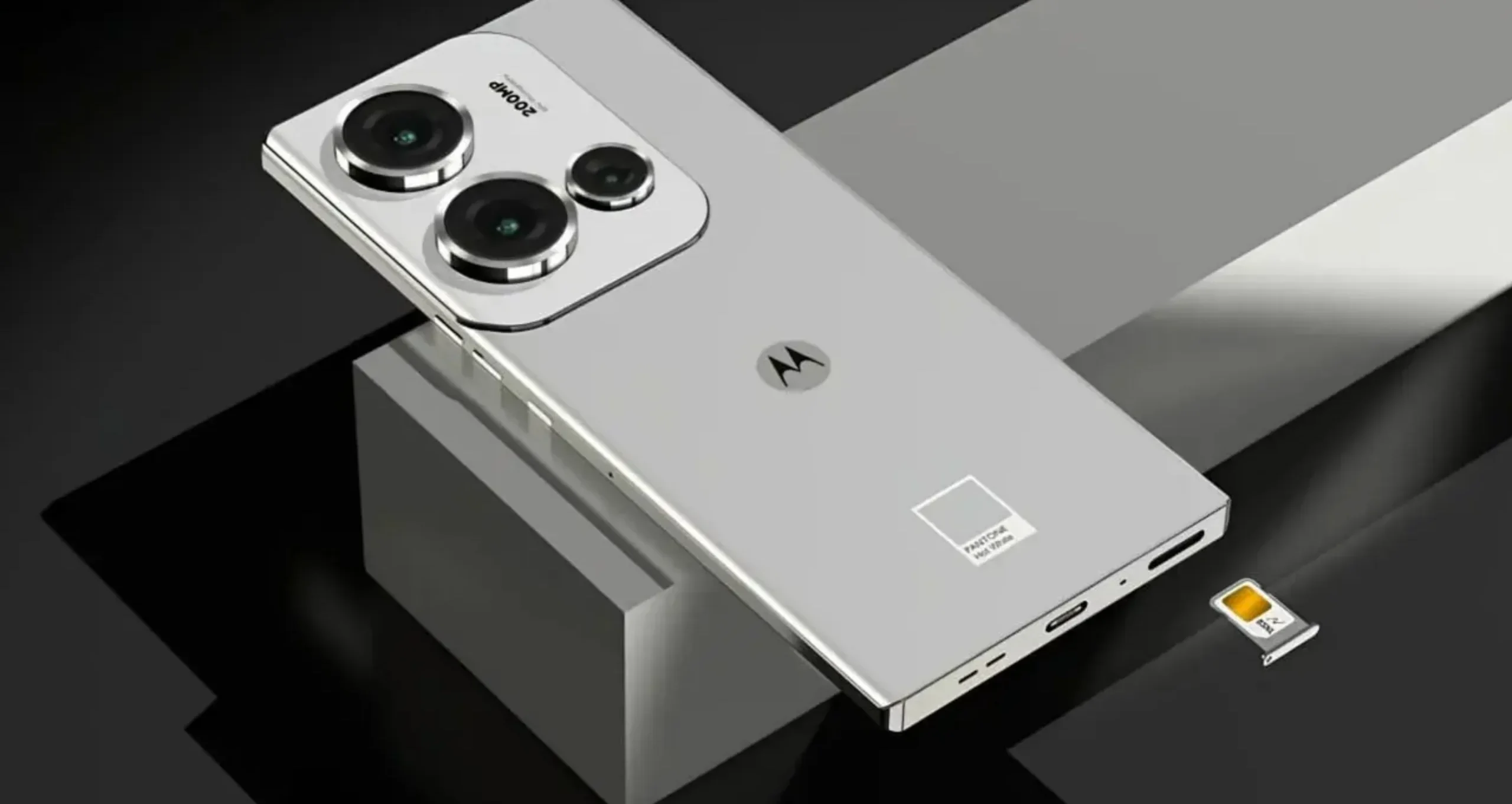The Motorola Edge 60 Fusion emerges as a compelling contender in the budget-friendly smartphone arena, offering a well-rounded package of features and performance that aims to satisfy the needs of a wide range of users. Several reviews and hands-on experiences highlight its key strengths and potential drawbacks, painting a picture of a device that gets most things right.
Design and Display:
The Edge 60 Fusion boasts a design that stands out, particularly with its quad-curved display, a feature Motorola touts as a world's first. This design element contributes to a smooth transition between the screen, frame and back, enhancing the phone's overall aesthetics and in-hand feel. The back panel comes in various vegan leather and textile-inspired finishes, developed in collaboration with the Pantone Color Institute, adding a touch of sophistication.
The display itself is a 6.67-inch P-OLED panel with a 120Hz refresh rate and a 1.5K resolution (1220 x 2712 pixels), a significant upgrade from its predecessor. The display is bright and vibrant, with a peak brightness of 4,500 nits for HDR content and 1,400 nits in high brightness mode, making it suitable for outdoor use. It also features 10-bit color depth, 100% DCI-P3 coverage, and HDR10+ support, ensuring a great multimedia experience. The screen is protected by Corning Gorilla Glass 7i for added durability and can detect wet fingers.
Performance and Software:
Under the hood, the Edge 60 Fusion is powered by either the MediaTek Dimensity 7300 or 7400 SoC, depending on the region. These chipsets are paired with 8GB or 12GB of RAM and 256GB or 512GB of storage. The phone runs Android 15 out of the box with Motorola's Hello UI, which is known for its clean, near-stock Android experience. Motorola is also promising 3 years of Android upgrades and 4 years of security updates, which is a plus for long-term users.
The Edge 60 Fusion also comes with Moto AI features, including transcribing and summarizing audio and Magic Canvas for generating images based on text prompts. These AI-powered features aim to enhance the user experience and provide practical functionality.
Cameras:
The Edge 60 Fusion features a dual-camera setup on the rear, consisting of a 50MP Sony Lytia 700C primary sensor with OIS and a 13MP ultra-wide lens that also handles macro shots. The front-facing camera is a 32MP sensor capable of recording 4K video. Motorola's partnership with Pantone extends to the cameras, ensuring Pantone Validated and Pantone SkinTone Validated color accuracy.
The camera performance is generally good, especially in daylight conditions, producing detailed and vibrant images. However, some reviews point out that low-light performance could be improved.
Battery and Connectivity:
The Edge 60 Fusion packs a 5,500mAh battery (or 5,200mAh in some regions) with 68W wired fast charging support. Motorola claims that a quick 8-9 minute charge can provide enough power for a full day of use. Connectivity options include 5G, Wi-Fi 6, Bluetooth 5.4, NFC, and a USB Type-C port. The phone also has stereo speakers with Dolby Atmos support.
Durability and Other Features:
The Motorola Edge 60 Fusion is designed to be durable, with an IP68/IP69 rating for dust and water resistance and MIL-STD-810H certification for drop resistance and extreme temperatures. This makes it a good choice for users who need a phone that can withstand the rigors of daily life. The device also features an in-display fingerprint sensor for biometric authentication.
Pricing and Availability:
The Motorola Edge 60 Fusion is priced competitively, with the base variant starting at around ₹22,999 in India. With bank offers, the price can go down to as low as ₹21,000, making it a very attractive option in the mid-range segment. In Europe, the 12/256GB model is priced at €330.
Conclusion:
The Motorola Edge 60 Fusion is a well-rounded smartphone that offers a compelling combination of design, performance, features, and price. Its key strengths include its impressive display, clean software, capable cameras, long battery life, and durable build. While it may not outperform its rivals in every aspect, it gets most things right and provides a smooth and enjoyable user experience.

















